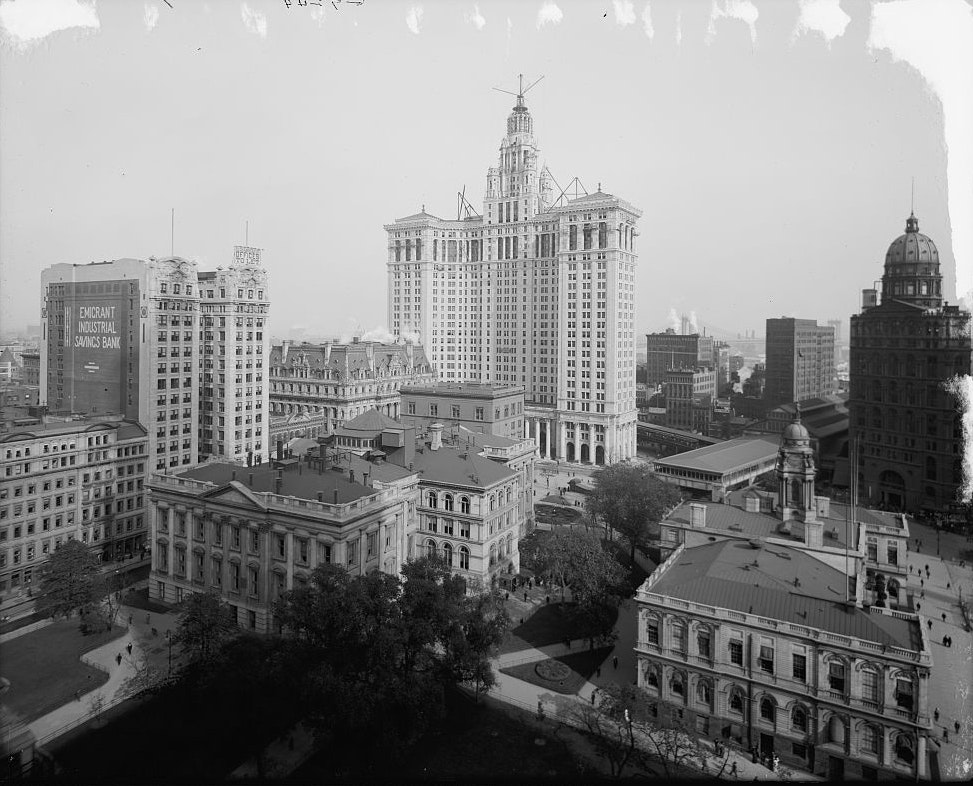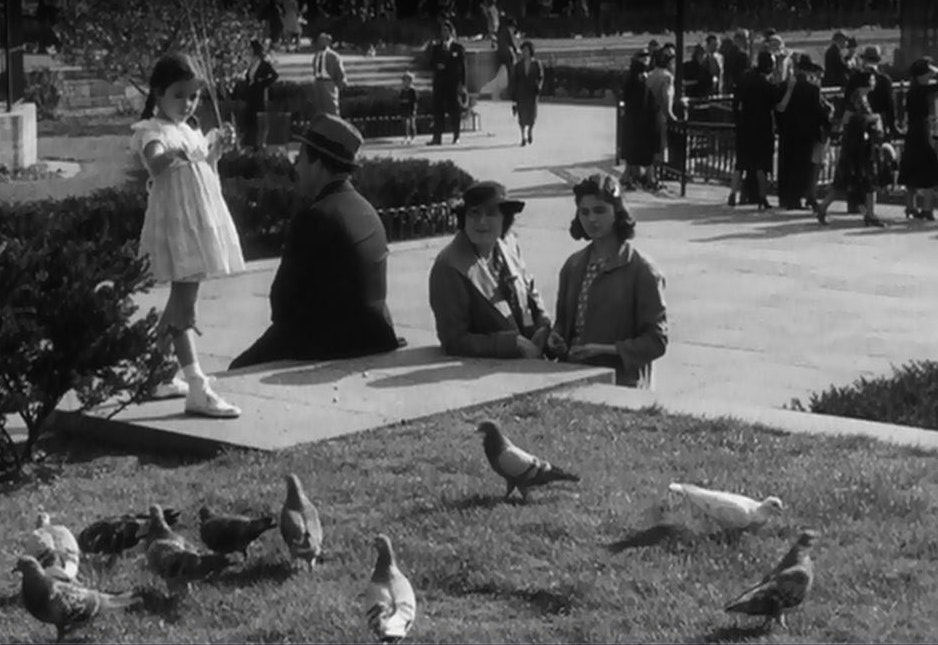I would like to start with City Hall Park, New York, 1915, a platinum print that Strand (and Stieglitz) valued enough to include in Strand’s first show at 291 in 1916. Strand’s earliest photographic forays into the city (variously dated from 1912-14) had been in Central Park, near his home on W. 83rd St., where he mounted hills and overpasses to record women and children, equestriennes, and snow scenes. In contrast to these horizontal prints that give us no clues that we are actually in a huge city, City Hall Park in title and contents proclaims its location in the heart of New York’s business district, while keeping the short exposure and elevated perspective of the Central Park views. A cropped, vertical swathe isolates striding, solitary businessmen, a quartet of fashionable women, a couple stopping briefly to talk, and other silhouetted figures largely made anonymous through lack of detail and interior modeling. Moving rapidly in diverse directions, the mid-step pedestrians ignore the tightly contained trees and grass that Strand pushes to the edges of the print.





